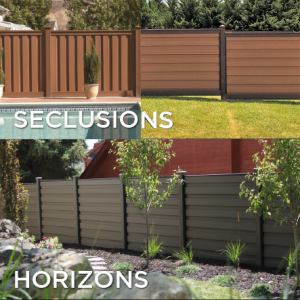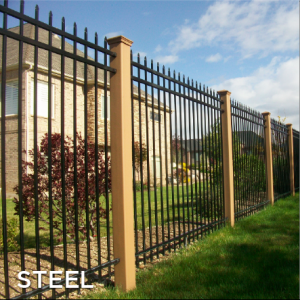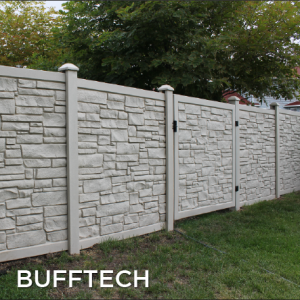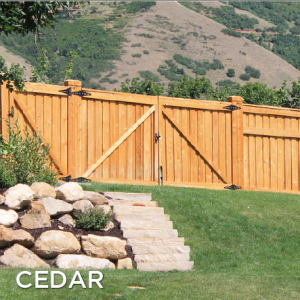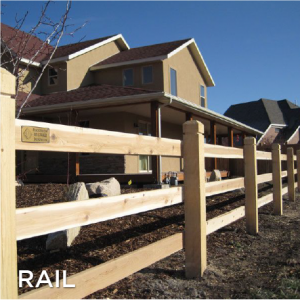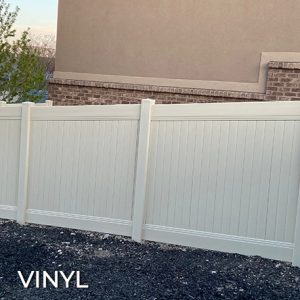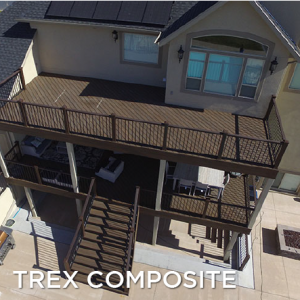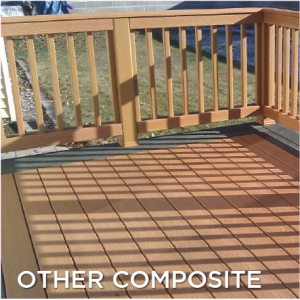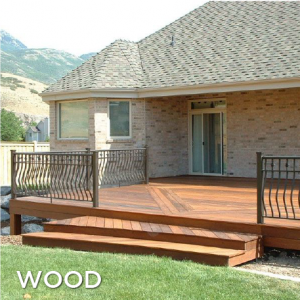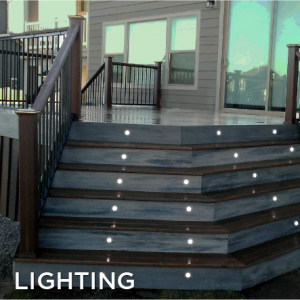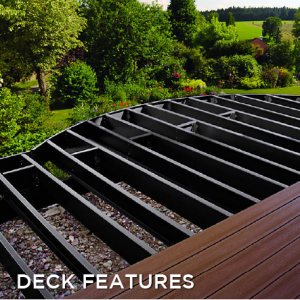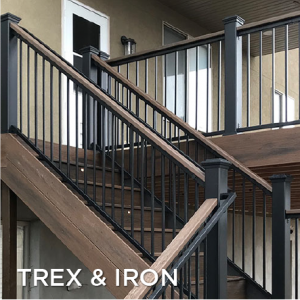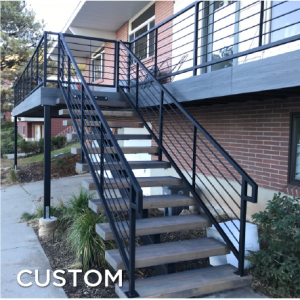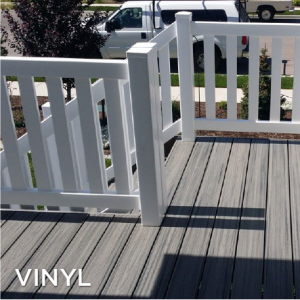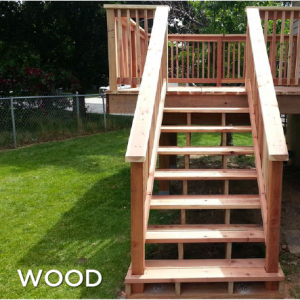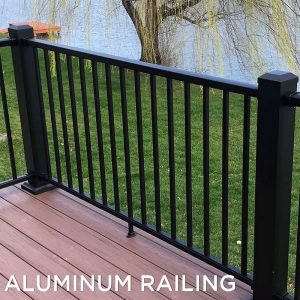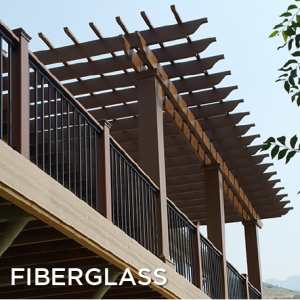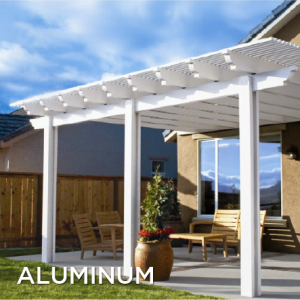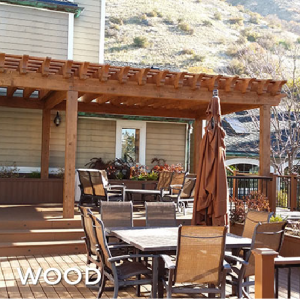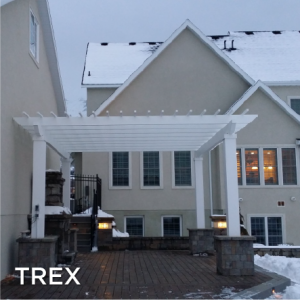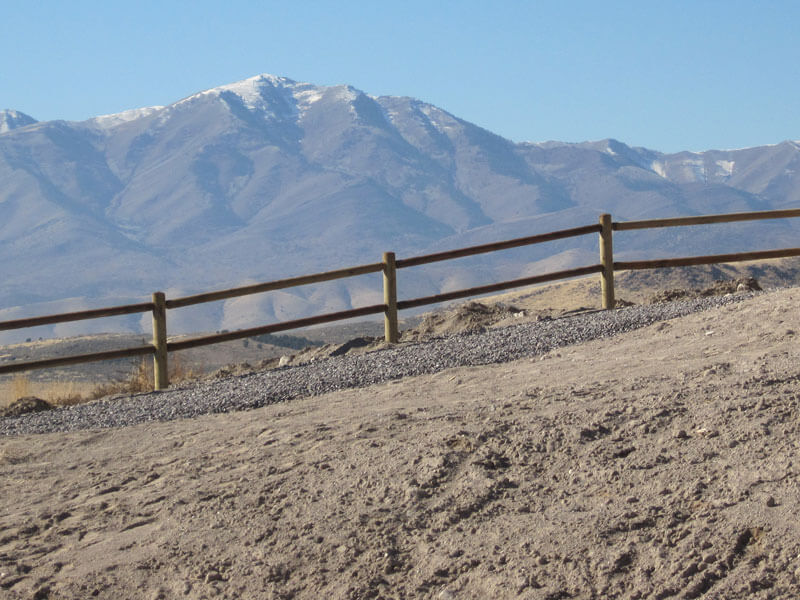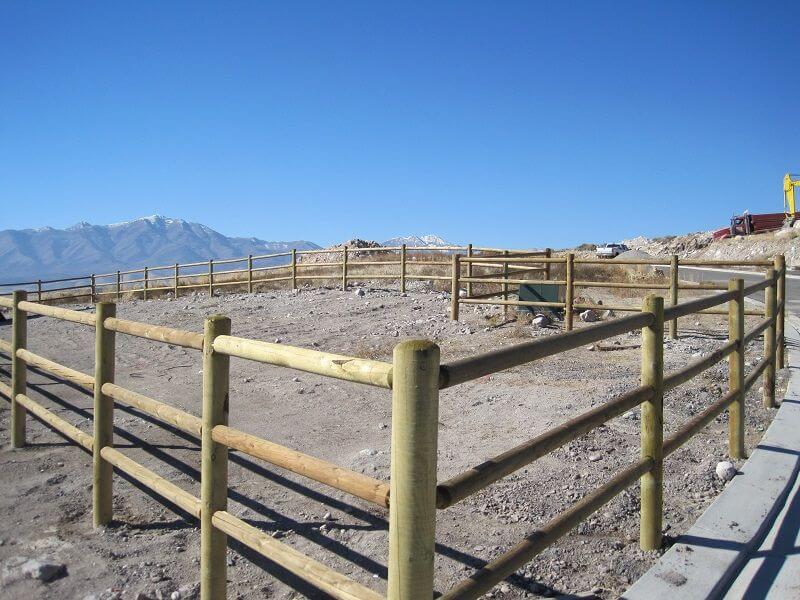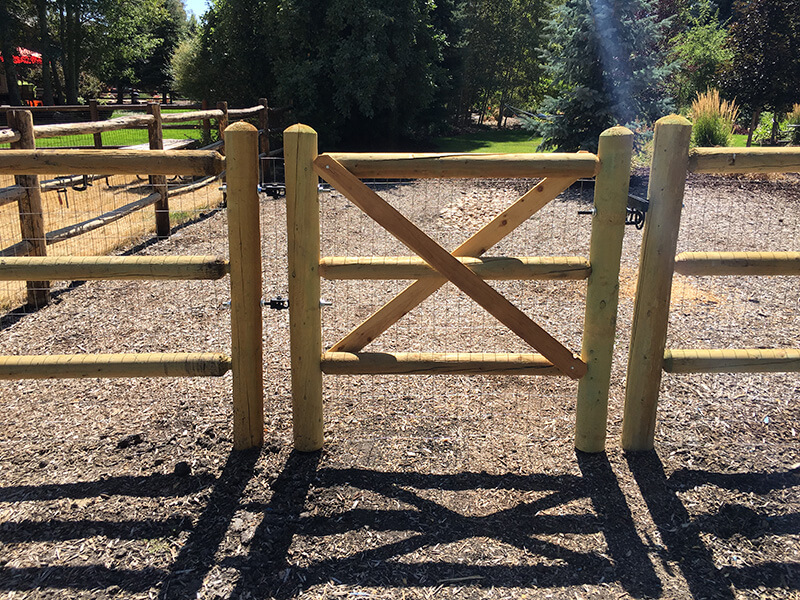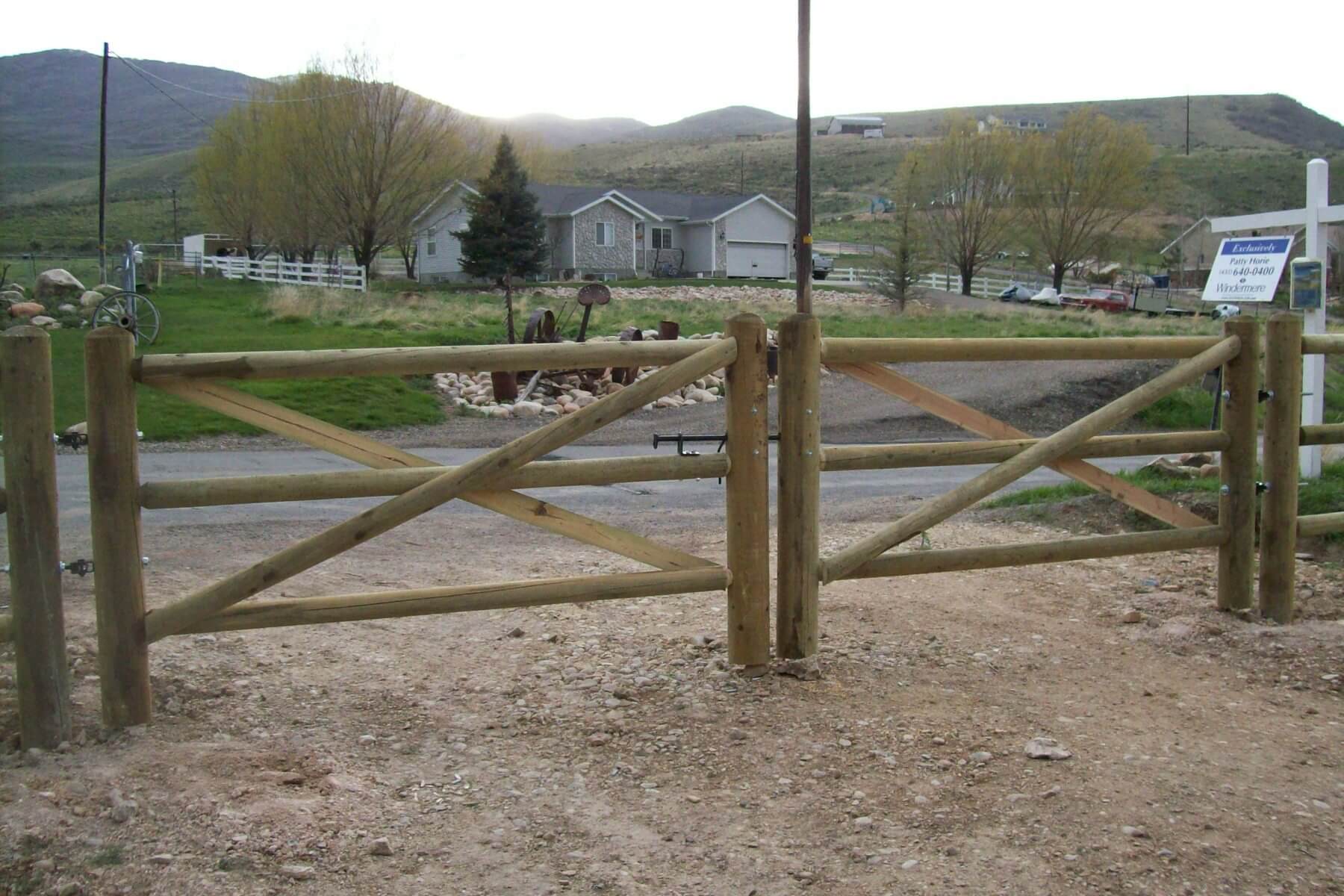Lodge Pole Fence
Smooth round posts and rails that create a nice perimeter
TREATED LODGE POLE FENCING
The sturdy treated lodge pole posts are drilled to hold the 3″- 4″ rails with a tenon end, creating a perfect fit and finish.
Available in two and three rails and looks great in the front yard, around the ranch house or surrounding your property.
About Lodge Pole Fence
Our product’s information
The sturdy posts are chamfered and drilled to hold the 3″- 4″ rails, creating a perfect fit and finish. Our Lodge Pole in two, three or four rails looks great in the front yard, around the ranch house or surrounding your property. To add to our lodge pole fencing we also build gates to further increase the functionality and continuity of your property.
Our butt treated western rail only treats the bottom of the posts while leaving all the material above ground natural. This leaves our customers the option to stain the fence to their liking. There are three types of lumber that we can use for lodge pole fencing: Waterborne, Creosote, and Oil-borne (penta).
Wood treated with waterborne preservatives is typically used in residential, commercial and industrial building structures. Creosote is primarily used for treating railroad ties, guardrail posts, and timbers used in marine structures. Oil-borne (penta) is most often used for treating utility poles and cross arms.
Several typical waterborne preservatives used in building applications include: Chromated Copper Arsenate (CCA-C), Alkaline Copper Quat (ACQ-C, ACQ-D, ACQ-D Carbonate), Micronized Copper Quat (MCQ), Copper Azole (CA-B & CA-C, μCA-C) and Sodium Borates (SBX/DOT).
These treatments are often referred to by trade names such as: Wolmanized Natural Select™ (Copper Azole), Preserve and NatureWood® (ACQ), MicroPro™, Smart Sense™ (MCQ), and Advance Guard® (Borate). Each preservative usually has a number of variations available so care should be exercised when specifying treated wood.
Some different oil-borne preservatives that are used are Chlorpyrifos/IBPC, Copper Naphthenate and Pentachlorphenol. One advantage of these treatments is that they do not create swelling in the wood, but there is generally an added cost over water-borne treatments as well as availability in some regions.
View our gallery
Let’s get started
We know getting started can be a daunting process. We are here to help.
Connect with us to get information and estimates.
